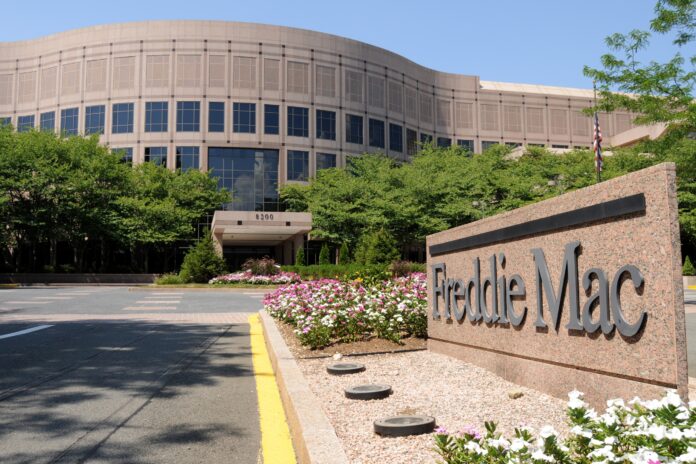(Daily Caller News Foundation) — Mortgage rates reached a 22-year high Thursday, decreasing the affordability of homes even more for average Americans, according to Freddie Mac.
The fixed rate for a 30-year mortgage reached 7.31% on Thursday, higher than 7.19% from a week ago and up from 6.70% year-over-year, according to a press release from real estate giant Freddie Mac. Housing is becoming increasingly unaffordable as housing prices and mortgage rates rise while real wages fail to keep up with inflation.
“The 30-year fixed-rate mortgage has hit the highest level since the year 2000,” Sam Khater, chief economist for Freddie Mac, said in the press release. “However, unlike the turn of the millennium, house prices today are rising alongside mortgage rates, primarily due to low inventory. These headwinds are causing both buyers and sellers to hold out for better circumstances.”
The median sale price for a home in August was roughly $421,000, 3% higher than a year ago and up from $382,000 in January, according to Redfin. The number of homes for sale in August was 1.5 million, down 17.7% from the same point in 2022.
Mortgage rates hit a 23-year high https://t.co/qiV4QzcQ2i pic.twitter.com/wMpaqSrDSb
— Yahoo Finance (@YahooFinance) September 28, 2023
“When the President [Biden] took office, the average interest rate on a 30-year fixed rate mortgage was approximately 2.7%,” Michael Faulkender, chief economist and senior advisor for the Center for American Prosperity, told the Daily Caller News Foundation. “Such a dramatic increase in house payments has not been accompanied by anywhere near that increase in paychecks. Over the time since inauguration day, real wages have declined approximately three percent, meaning an hour of working results in three percent less an American worker can purchase than just 2.5 years ago.”
While the costs around housing are increasing, real wages have failed to keep up, falling 3.2% since the fourth quarter of 2020, right before President Biden took office, according to the Federal Reserve Bank of St. Louis.

“This unaffordability is the direct result of the rise in interest rates coming from the Federal Reserve,” Faulkender told the DCNF. “The Fed was forced to raise interest rates because the combination of massive increases in government spending and a regulatory environment that sacrifices employment and energy independence in favor of an overbearing administrative state caused 40-year high inflation.”
Inflation, which has degraded real wage increases and contributed to the rising prices of homes, reached 3.7% year-over-year for August, remaining far above the 2% target for the Federal Reserve. Some experts attribute the rise in inflation to President Joe Biden’s high-spending policies, like the Inflation Reduction Act, which included $750 billion in new spending.
The Housing Affordability Index was measured at 87.8 points for the month of July, which is down from 99.6 points from the same time last year and 169.9 for the average in 2020, according to the National Association of Realtors.


















